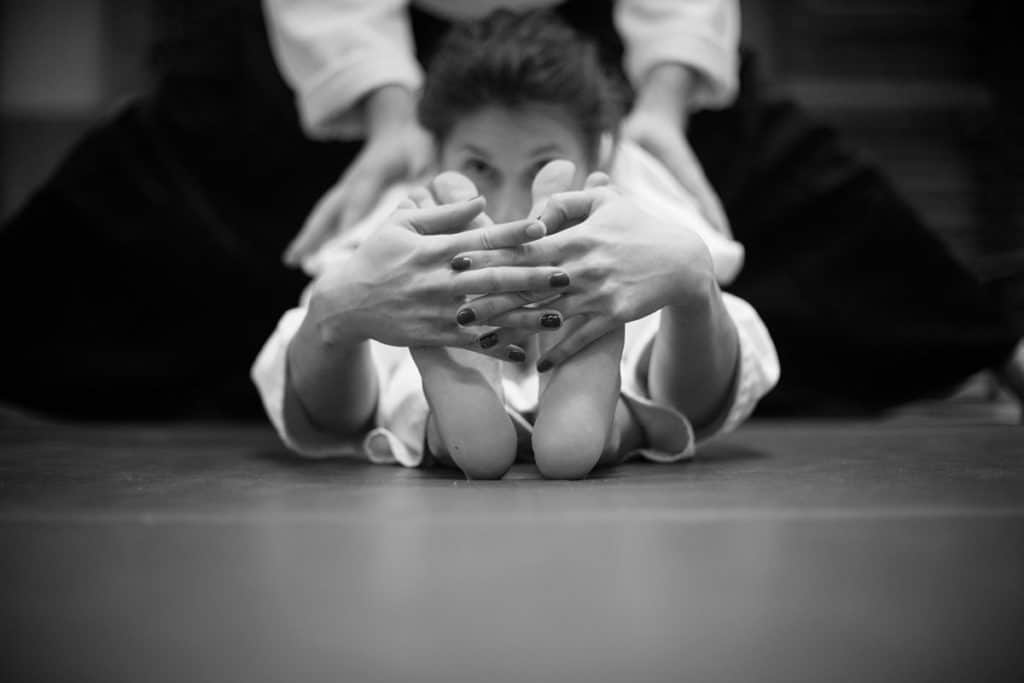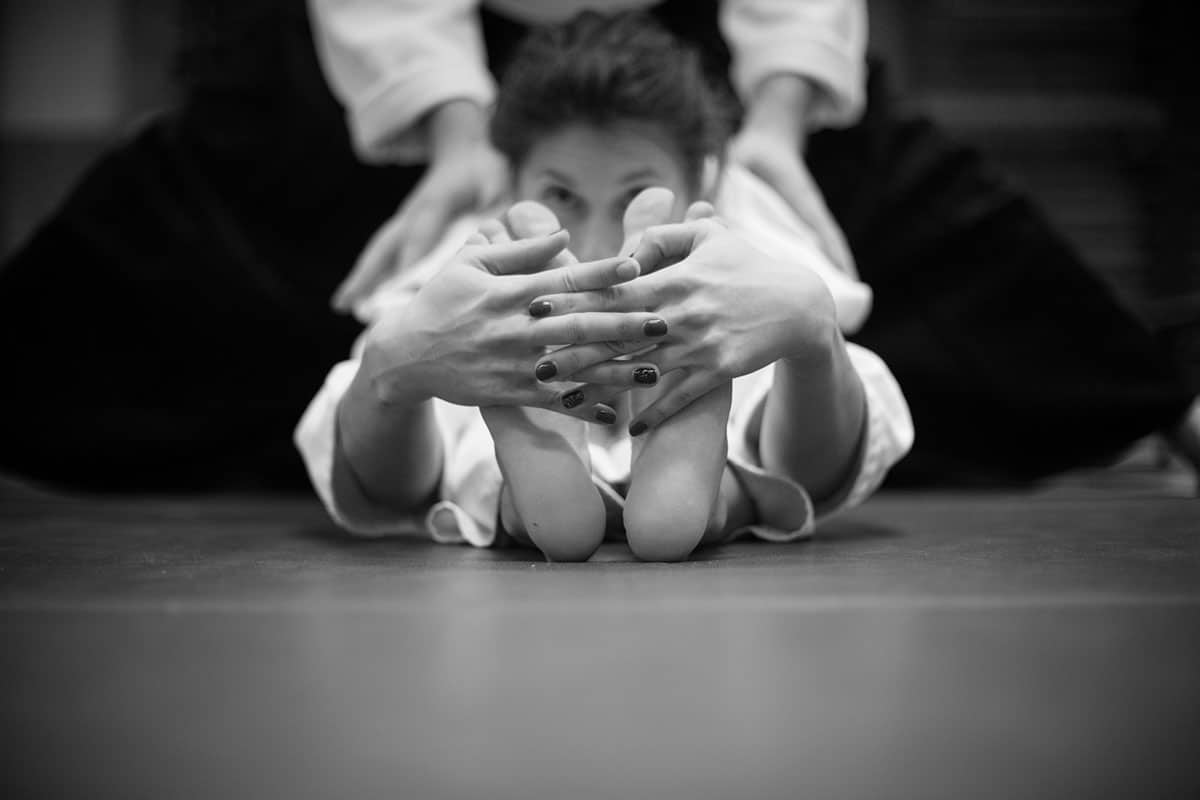
Martial arts is a physical discipline that requires strength, speed, and agility. One of the most important physical attributes that a martial artist can possess is flexibility.
Being flexible can help you perform techniques with greater ease and range of motion, allowing you to execute strikes and kicks with precision and power.
In this post, I will explore the importance of flexibility in martial arts and provide tips and techniques for developing your range of motion.
Why Flexibility Matters in Martial Arts
Flexibility is a critical element of martial arts training that is often overlooked by practitioners. It is the ability of a joint or a muscle to move freely and without resistance throughout its full range of motion.
This range of motion is important for martial artists to perform techniques like kicks, throws, and grappling maneuvers without causing injury to themselves or their opponents. The importance of flexibility in martial arts cannot be overemphasized as it has numerous benefits.
One of the primary benefits of flexibility in martial arts is that it improves the range of motion of a practitioner. When a martial artist can move their limbs through a greater range of motion, it allows them to execute techniques that require a full range of motion.
For example, high kicks and ground fighting techniques require significant flexibility to be executed effectively. Having good flexibility also makes it easier to transition from one technique to another, allowing the practitioner to be more fluid in their movements.
Another benefit of flexibility in martial arts is injury prevention. Flexibility helps to reduce the risk of injury by allowing muscles and joints to move freely and without strain.
It is common for martial artists to suffer from injuries due to overstretching or muscle strains caused by excessive force during training or competition. When muscles and joints are flexible, they are less likely to be pulled or strained, thereby preventing injury.
Flexibility also plays a significant role in improving balance. Martial arts require practitioners to maintain their balance during strikes, throws, and grappling techniques.
When a martial artist has good flexibility, it helps to improve their balance and stability during these techniques, reducing the risk of falling or losing their footing.
Improved speed and power are other benefits of flexibility in martial arts. When muscles are flexible, they are able to contract and relax more efficiently, leading to increased speed and power in strikes and other techniques. The increased flexibility of muscles allows for a greater transfer of energy, which results in more force and speed in techniques.
Flexibility also helps to improve recovery time after training or competition. Stretching and flexibility training increase blood flow to muscles, promoting faster healing and reducing recovery time. It is important for martial artists to prioritize stretching and flexibility training as part of their overall training regimen to maximize their performance and reduce the risk of injury.
Tips and Techniques for Improving Your Flexibility
Flexibility is crucial in martial arts, and it is essential to have a regular stretching routine to improve it. Stretching exercises not only enhance physical performance, but they also reduce the risk of injury. Here are some tips and techniques to improve flexibility specifically for martial arts.
Dynamic Stretching
Dynamic stretching is a form of stretching that involves movement. It is beneficial for martial artists as it warms up the muscles and prepares them for the movements required during training or competition. Examples of dynamic stretches include high kicks, leg swings, and walking lunges.
Static Stretching
Static stretching is a type of stretching that involves holding a stretch in a stationary position for a period of time. It is ideal for improving flexibility as it elongates the muscles and increases range of motion. Examples of static stretches include the butterfly stretch, hamstring stretch, and quad stretch.
PNF Stretching
Proprioceptive neuromuscular facilitation (PNF) stretching is a technique that involves a combination of static stretching and contracting muscles. It is an effective technique for improving flexibility quickly. To perform PNF stretching, stretch the muscle statically for 10 to 15 seconds, contract the muscle for 6 seconds, then relax and repeat the static stretch.
Foam Rolling
Foam rolling is a form of self-myofascial release that uses a foam roller to roll out muscles and release any knots or tightness. It is a great way to prepare the muscles for stretching or as a post-workout recovery technique.
Yoga
Yoga is an excellent way to improve flexibility and overall well-being. It helps to elongate muscles and increase range of motion, while also promoting relaxation and stress relief. There are many types of yoga classes available, and some are specifically designed for martial artists.
Consistency
Consistency is key to improving flexibility. Incorporating stretching and flexibility exercises into your daily routine is essential for long-term improvements. Even just 10 minutes of stretching a day can make a significant difference over time.
Final Thoughts
Flexibility is an integral part of martial arts, and it is essential to have a regular stretching routine to improve it. Being flexible not only enhances physical performance, but it also reduces the risk of injury. B
y incorporating dynamic stretching, static stretching, PNF stretching, foam rolling, yoga, and consistency into your training regimen, you can increase your flexibility and reduce the risk of injury, leading to significant improvements in your martial arts performance.
So, start incorporating these tips and techniques into your daily routine and take your martial arts skills to the next level.
If your looking for a good mat to do some stretching at home and you can’t find a good one locally, Amazon, as usual, has a lot of options.


